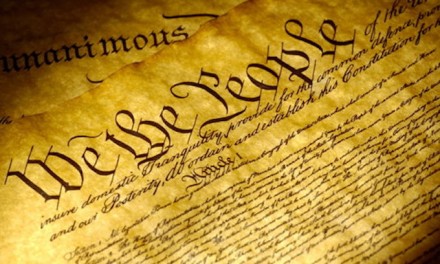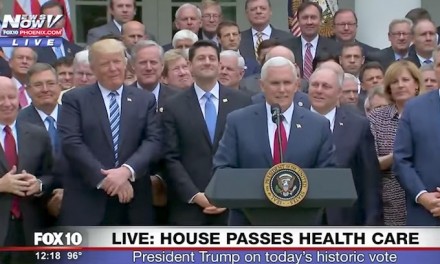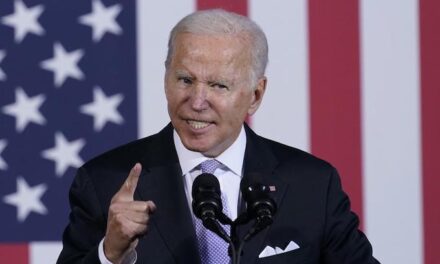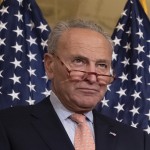Anyone, even a Democrat reluctant to say so, can see that the economic state of the Union is pretty good. Unemployment is down in key sectors, including among blacks, where the U.S. Bureau of Labor Statistics says the number is as low as it has been since the racial number was broken out in 1972. Businesses have committed to expansion, paying bonuses and raising wages because of — and they are specific about this — the Trump tax cuts.
The State of the Union address to Congress is an artifice dreamed up by presidents to puff and bluster with a laundry list of every good thing he has done, or thought about doing. Bill Clinton once boasted of helping parents choose their children’s school clothes. Once upon a time presidents just dropped their required report to Congress into the U.S. Mail (no tweets, burps and or email then available), where it might even have gone unread. The State of the Union address, by the president’s public description, hardly tells Congress what it doesn’t already know.
There are still promises to keep before the president and Congress can sleep the sleep of the just, but it’s true, whether Democrats like it or not, that most of the news is good. If the economy has grown by more than 3 percent in the fourth quarter of 2017, it will be the first time since 2005 that growth has been that high over three consecutive quarters. That may be enough to right the ship but it’s not enough to get it out of the trouble Barack Obama put it in with his borrowing and spending over his eight years in the White House. Snowflake Alert: The economy needs another little goose, if we may use that suggestive metaphor, to push it up to 4 percent in each quarter of the coming year, and that would make it a solid recovery.
Treasury Secretary Steve Mnuchin has been thinking about changing the way capital gains are calculated by adjusting the number to account for inflation. This has been tried before, and with the Republicans more or less in control of Congress this might be the time when it could get done.
Taxes on capital gains are currently computed by deducting the purchase price of an asset from its sale price. Unfortunately for investors, who now include many seniors on pensions and working Americans whose retirement money is invested in IRAs and 401ks, they must take into account gains that occur solely on paper as the result of inflation.
The Americans for Tax Reform is leading the charge on this, and it offers the example of a taxpayer who made a capital investment in the year 2000 of $1,000 and sold it for $2,000 in 2017. The capital gains tax on that investment, calculated at the top rate of 23.8 percent, will be on a thousand-dollar gain rather than the real gain, adjusted for inflation, of $579.
The non-partisan Tax Foundation calculated in 2013 that the average effective capital gains rate, excluding gains based on inflation between 1950 and 2010, was 42.5 percent. That’s nearly twice the current top rate.
As experience has demonstrated, each time the capital gains rate has been cut, taxpayers begin to turn over long-held investments because the better tax treatment gives them a better return on their money. This would also be true if Secretary Mnuchin ordered the Treasury Department to enable taxpayers to consider the effect of inflation on assets they have sold when computing profits.
This is permitted under federal law — unless it has not been explicitly prohibited by Congress. Under the precedent set by the Supreme Court in the 1984 Chevron decision, “If a statute is not explicit, the question becomes whether the new reading of the law is based on a permissible construction of the statute,” and, as advocates for the move to indexing are quick to point out, there is no statute that defines the cost of an asset in a way that would not allow for the change Mr. Mnuchin is urged to make.
Indexing capital gains to inflation would be akin to cutting the rate investors pay, and since tax rates persuade us all to change behavior, this could inspire a sell-off that would increase activity in vital economic markets and generate an unexpected increase in revenues to the federal treasury. It’s the kind of thinking expected of economists like those the president has put on his economic team.
© Copyright (c) 2018 News World Communications, Inc.
—-
This content is published through a licensing agreement with Acquire Media using its NewsEdge technology.



















Recent Comments